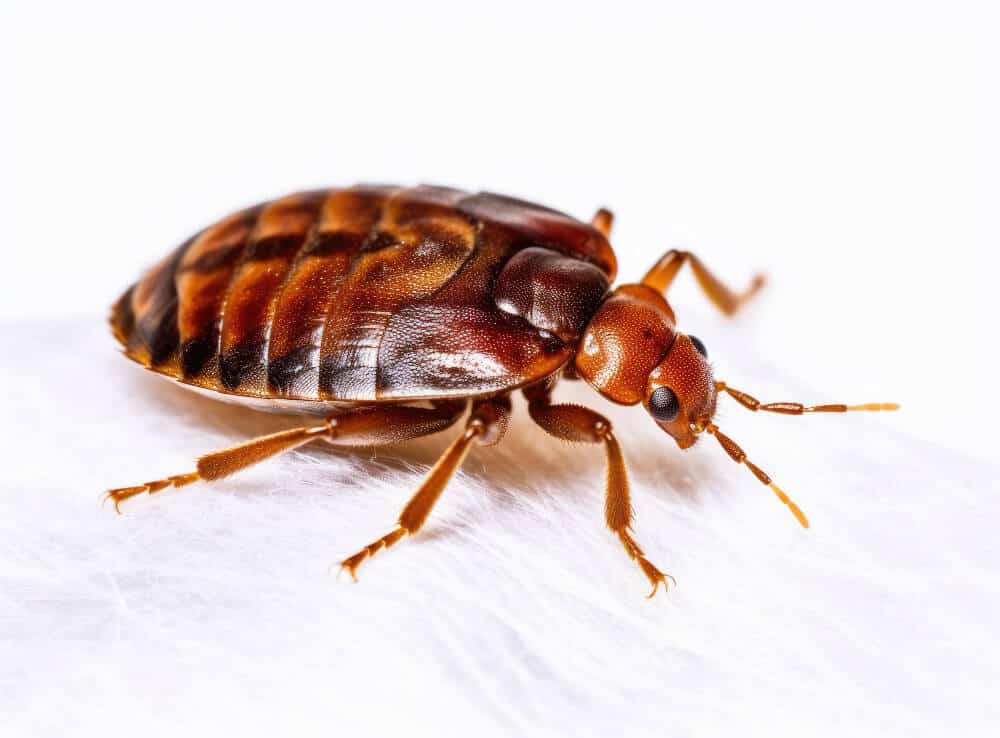Effective A1 Bed Bug Treatment Houston - Get Rid of Bed Vermin
Effective A1 Bed Bug Treatment Houston - Get Rid of Bed Vermin
Blog Article
Understanding the Lifecycle of Parasites for Targeted Control Methods
Comprehending the lifecycle of pests is an essential facet of effective bug management techniques. Via a deeper understanding of exactly how parasites evolve and prosper, customized control approaches can be developed to attend to details points in their lifecycle, eventually leading to even more effective pest administration end results.
Importance of Understanding Bug Lifecycle
Recognizing the lifecycle of pests is vital for creating reliable and targeted control strategies in insect administration. By understanding the numerous phases a pest experiences from egg to adult, bug control specialists can recognize weak spots in the lifecycle where intervention can be most successful. Recognizing when larvae are most energetic can aid establish the optimum timing for using larvicides. In addition, understanding the lifespan of a pest species can aid in predicting population development patterns and possible problem threats.
In addition, identifying the certain ecological conditions necessary for each phase of the bug's lifecycle can assist decisions on habitat alteration or exemption techniques to lower and interfere with the lifecycle insect populations. This expertise allows pest administration professionals to apply positive steps instead of depending entirely on responsive therapies, resulting in even more sustainable and long-term parasite control options. Ultimately, a thorough understanding of parasite lifecycles equips parasite control professionals to tailor their approaches efficiently, minimizing ecological impacts and making best use of control results.
Key Phases in Pest Advancement
To effectively carry out targeted control strategies in bug management, a vital aspect depends on adequately identifying and comprehending the vital stages in bug growth. Insect advancement typically includes a number of vital stages that are vital for their lifecycle and monitoring. The first stage is the egg phase, where parasites lay eggs that later hatch into larvae. Larvae after that proceed into pupae, a stage where they go through transformation prior to becoming adult insects. Comprehending these phases is essential as it helps in identifying weak spots in the lifecycle where control actions can be most effective.

Vulnerabilities in Insect Lifecycle
Throughout the numerous stages of a bug's lifecycle, distinctive vulnerabilities arise that can be purposefully targeted for effective control procedures (A1 Bed Bug treatment houston). One essential vulnerability lies in the egg phase, where parasites are frequently a lot more susceptible to certain insecticides or organic control representatives due to their soft external shell, making them simpler targets for treatment. Recognizing these vulnerabilities in the insect lifecycle is vital for creating effective and exact control methods that properly manage pest populations while reducing ecological effect.
Applying Targeted Control Actions
Executing targeted control actions generally includes a multi-faceted strategy. This may include environment alteration to make the environment less welcoming to pests, such as eliminating standing water for insect control or securing access points for rodents. Furthermore, organic control approaches can be utilized, where natural predators or microorganisms are presented to maintain pest populations in check.
Chemical control, such as the cautious application of chemicals, is an additional usual strategy. It is crucial to make use of these substances judiciously to reduce environmental impact and prospective damage to non-target types - A1 bed bug removal houston. Integrated Bug Monitoring (IPM) approaches that incorporate numerous control procedures in a worked with A1 Bed Bug treatment houston and lasting way are typically one of the most reliable in accomplishing lasting pest monitoring objectives. By carrying out targeted control procedures based on a complete understanding of pest lifecycles, pest populations can be effectively regulated while reducing risks to human health and the setting.
Improved Pest Monitoring Practices

Additionally, the unification of biological control representatives, such as natural killers or pathogens of parasites, can assist lower reliance on chemical pesticides and advertise a much more well balanced community. Applying physical barriers and catches can also be component of boosted pest administration techniques, offering non-toxic and targeted services for parasite control. Additionally, using pheromones and other semiochemicals can interfere with pest mating patterns and communication, resulting in minimized parasite populaces in time.
Verdict
Finally, comprehending the lifecycle of parasites is essential for efficient parasite management methods. By recognizing key stages in bug growth and vulnerabilities in their lifecycle, targeted control steps can be applied to minimize insect populations. Improved parasite management practices can help in reducing the dependence on broad-spectrum chemicals and promote more eco pleasant and lasting pest control methods. This understanding plays a crucial function in keeping healthy and balanced ecosystems and farming productivity.
Comprehending the lifecycle of bugs is vital for establishing efficient and targeted control techniques in pest management. By understanding the numerous phases an insect goes through from egg to adult, parasite control specialists can determine susceptible points in the lifecycle where intervention can be most effective. Eventually, an extensive understanding of insect lifecycles empowers parasite control experts to tailor their techniques effectively, maximizing and decreasing ecological impacts control end results.
By carrying out targeted control steps based on a thorough understanding of parasite lifecycles, insect populaces can be successfully controlled while decreasing dangers to human health and the setting.
By determining vital stages in pest advancement and vulnerabilities in their lifecycle, targeted control procedures can be executed to decrease insect populaces.
Report this page